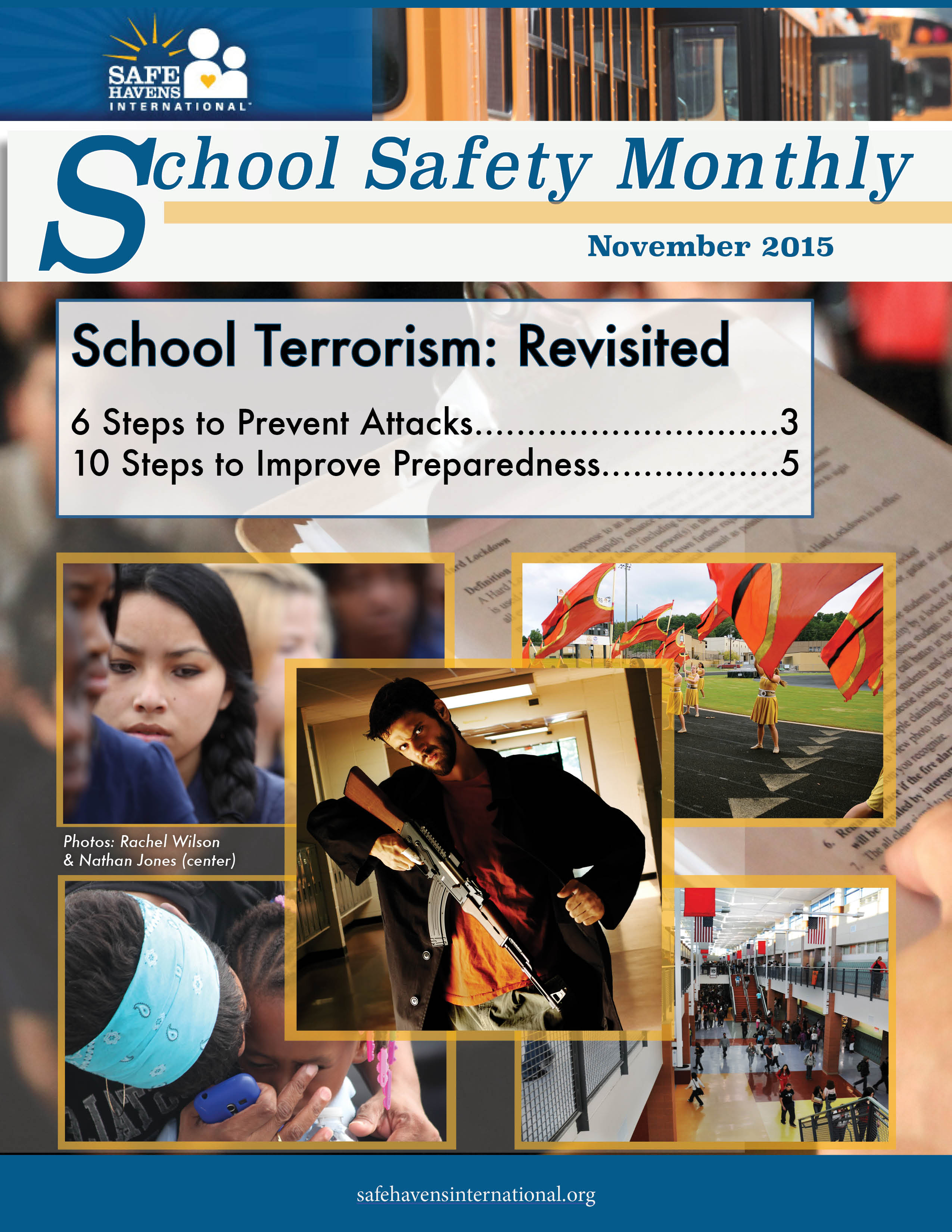School Terror?
A man in Zion, IL was shot and killed by police after a foot chase and a struggle with police. The police were called to a school because a man was reportedly photographing the school. Several nearby schools went into lockdown during the incident.
With everything going on around the world, the Paris attacks, the San Bernardino attack, and a new attempted attack in Paris, it is easy to conclude that this was part of a terror plot. It is much too soon to make that conclusion, but it serves as a cautionary tale.
Homeland Security
The Department of Homeland Security is frequently telling people, “If you see something, say something.” The incident in Zion, IL is a perfect example of how this works. Taking pictures of a school is not an illegal act. However, someone in the neighborhood thought that the way the man was acting, along with the focus of his pictures, was enough to call the police to check him out.
Too often people will think something is odd, and do nothing. Gavin de Becker, in his excellent book The Gift of Fear, outlines why we do this, and provides useful techniques for training ourselves to get back to trusting our instincts.
People will often not say something out of fear of being wrong. School administration should empower their staff to report suspicious activity, to activate any safety protocol, and to take personal responsibility for the safety of their students and their school. If their suspicious are unfounded, there should be no repercussions. Look at it as a practice for your safety protocols.

The November 2015 issue of School Safety Monthly is on school terrorism
Most states have mandatory reporting laws when a school staff member suspects a child is being abused. The staff member who sees signs of abuse must report it to the agency tasked with looking into the suspicions. Are there any repercussions for a staff member whose suspicions are unfounded? This is no different. If we are truly about the safety of our children, then we owe it to them to check out our suspicions
If you see something, say something.

